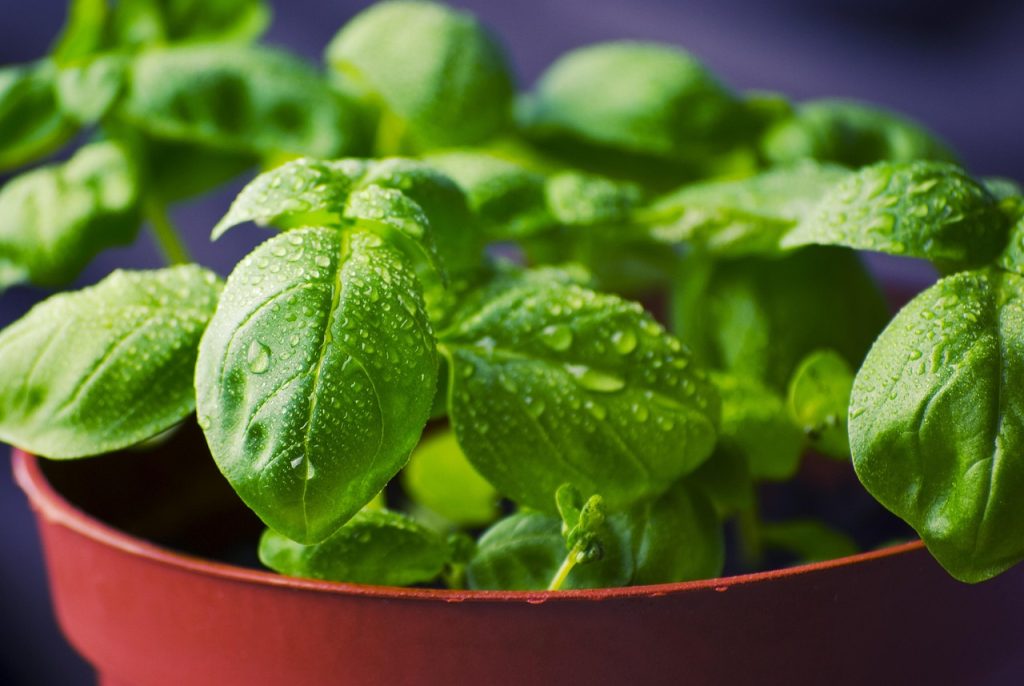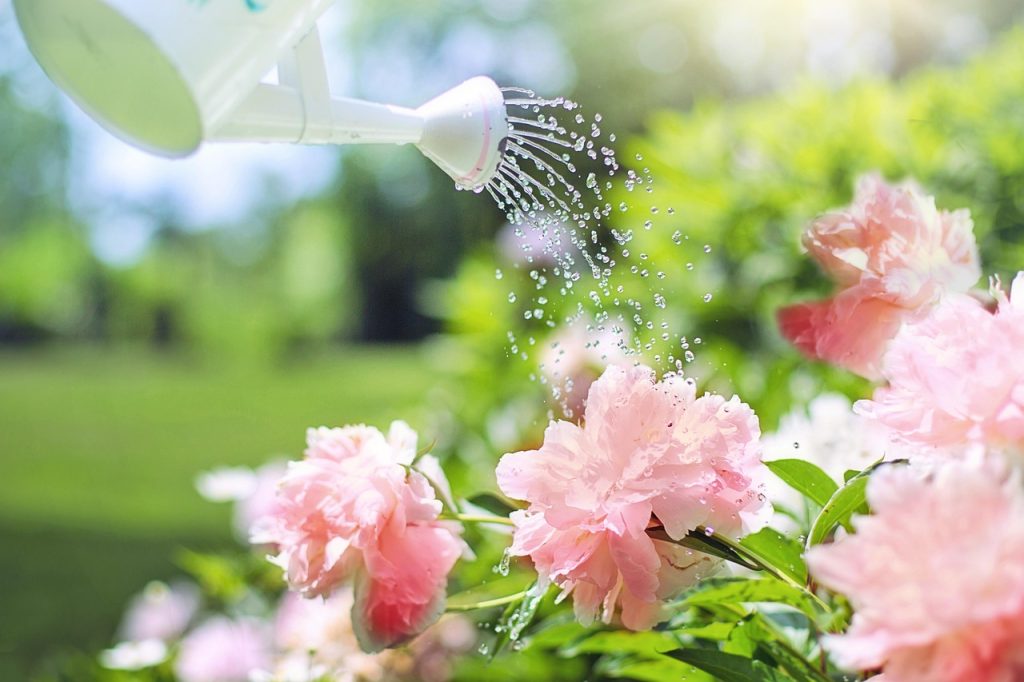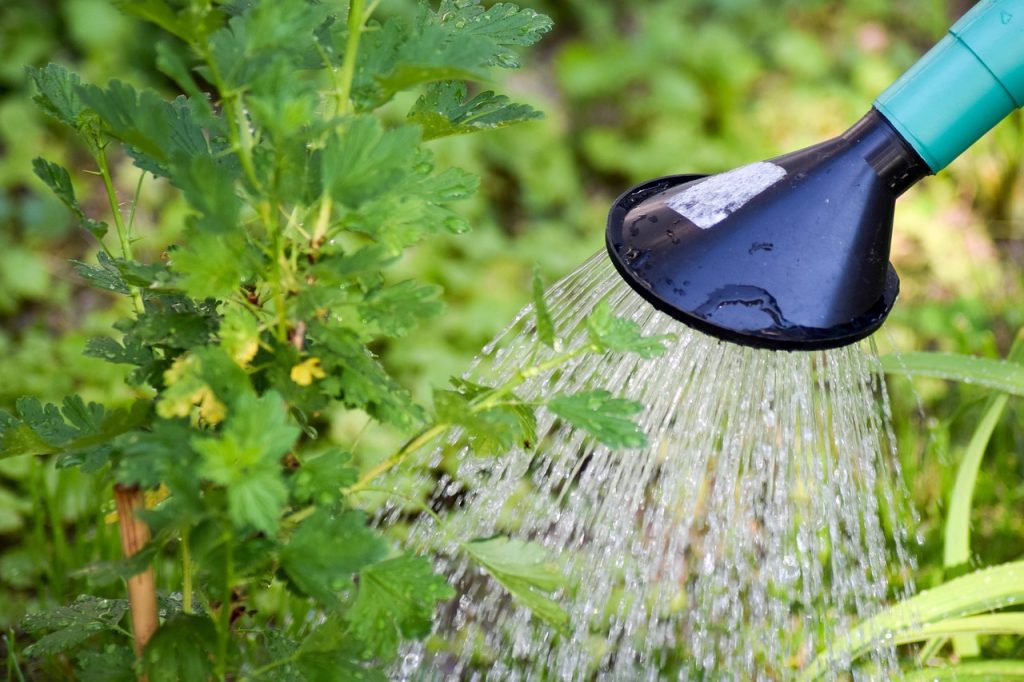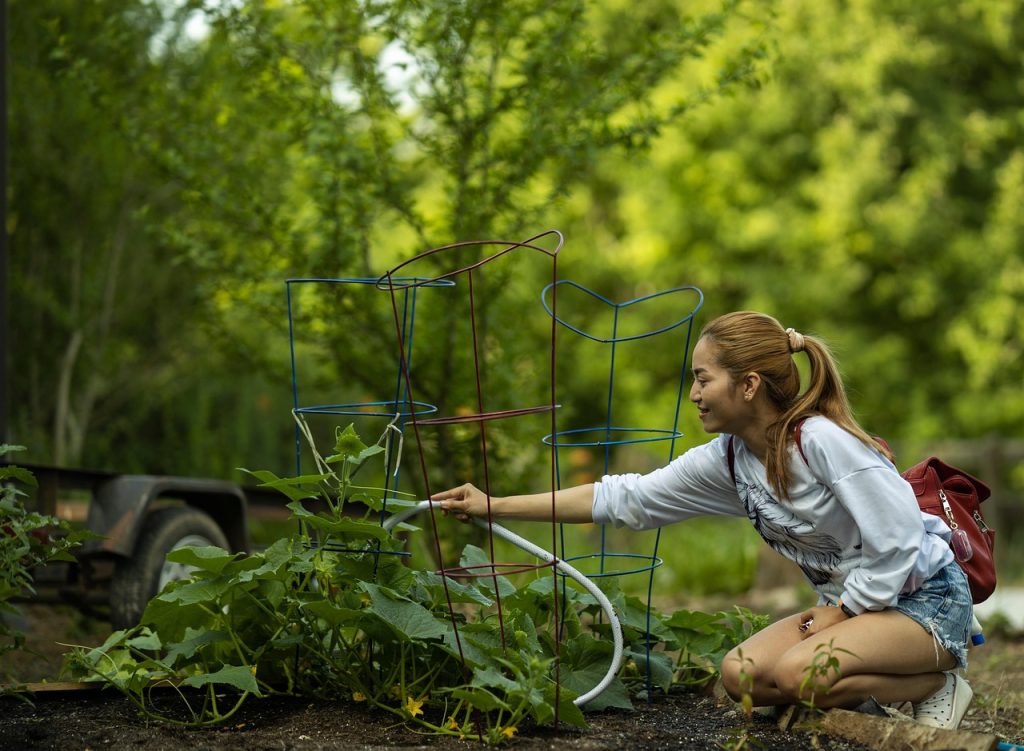Summer’s here, and your container plants are soaking up the sun, bringing vibrant color to your patio or balcony. But with the heat cranking up, those potted pals, whether petunias, tomatoes, or succulents, need the right summer watering schedule for container plants to stay lush and happy. Think of this as your weekly gardening planner, guiding you through the hot months with easy, tailored tips to keep your plants hydrated without the guesswork. Let’s dive into a clear, week-by-week schedule to ensure your container garden thrives all summer long, no matter how high the temperatures climb.

Why Container Plants Need a Summer Watering Schedule
Container plants are more vulnerable to heat than those in the ground because their soil dries out faster in pots. A 2025 study from the Urban Horticulture Network found that 50% of container plant losses in summer are due to improper watering. Unlike garden beds, pots have limited soil volume, meaning less water retention and quicker evaporation. A summer watering schedule for container plants helps you stay consistent, prevent stress, and keep your flowers, veggies, and herbs thriving.
Factors Influencing Your Watering Schedule
Before we jump into the schedule, let’s cover what affects how often your container plants need water in summer:
- Plant type: Thirsty plants like tomatoes need more water than drought-tolerant succulents.
- Pot size: Small pots (under 12 inches) dry out faster than larger ones.
- Material: Terracotta pots lose moisture quicker than plastic or glazed ceramic.
- Weather: Hot, windy days increase evaporation; cloudy days reduce it.
- Location: Sunny patios demand more frequent watering than shaded balconies.
Your Week-by-Week Summer Watering Schedule
This guide is your summer gardening planner, breaking down a weekly routine for June through August. Each week focuses on a key aspect of the summer watering schedule for container plants, with adjustments for different plant types and conditions. Let’s make watering simple and fun, like checking off a to-do list for your green buddies.

Week 1: Assess Your Plants and Pots
Goal: Kick off summer by understanding your plants’ needs and setting up for success.
- What to do:
- Check plant types: Group plants by water needs—high (e.g., petunias, basil), medium (e.g., geraniums, lavender), or low (e.g., succulents, cacti).
- Inspect pots: Ensure every pot has drainage holes. Move small pots to larger ones (12–18 inches) for better moisture retention.
- Test soil moisture: Stick a finger 2 inches into the soil or use a moisture meter. Water only when dry to avoid overwatering.
- Schedule:
- High-water plants: Water every 1–2 days if soil is dry.
- Medium-water plants: Water every 2–3 days.
- Low-water plants: Water every 4–7 days.
- Best for: All container plants, especially new additions.
- Tip: Morning watering (before 9 AM) reduces evaporation and keeps plants cool.
Week 2: Set Up a Morning Watering Routine
Goal: Build a consistent habit to water early and avoid heat stress.
- What to do:
- Water at dawn: Water between 6–9 AM to maximize absorption before the sun peaks. Use a watering can with a fine spout for even soaking.
- Check drainage: Ensure water flows out of pot bottoms, and empty saucers to prevent root rot.
- Adjust for weather: On hotter days (above 85°F), check soil twice daily for high-water plants like tomatoes or ferns.
- Schedule:
- High-water: Daily if temperatures exceed 90°F; otherwise, every 1–2 days.
- Medium-water: Every 2–3 days, checking soil first.
- Low-water: Every 5–7 days, or when soil is bone-dry.
- Best for: Heat-sensitive plants like impatiens or herbs.
- Tip: Set a phone reminder for morning checks to stay on track.
Week 3: Add Mulch to Lock in Moisture
Goal: Use mulch to keep soil cool and reduce watering frequency.
- What to do:
- Apply mulch: Spread a 1–2 inch layer of organic mulch (bark, straw, or pebbles) over soil to retain moisture and lower soil temperature.
- Reassess watering: Mulched pots may need watering 1–2 days less often, as mulch slows evaporation.
- Monitor potted veggies: Tomatoes or peppers may still need daily watering, even with mulch, in extreme heat.
- Schedule:
- High-water: Every 1–2 days, slightly less with mulch.
- Medium-water: Every 3–4 days post-mulch.
- Low-water: Every 6–8 days, checking soil dryness.
- Best for: Sun-exposed pots with roses, zinnias, or basil.
- Tip: Use light-colored mulch like straw to reflect heat and keep soil cooler.
Week 4: Adjust for Heatwaves
Goal: Protect plants during scorching days with extra care.
- What to do:
- Increase frequency: Boost watering by 1 day for high-water plants (e.g., daily instead of every 2 days) during heatwaves (above 95°F).
- Provide shade: Move pots to partial shade or use 30% shade cloth to shield delicate plants like coleus or lettuce.
- Mist lightly: Mist leaves of high-water plants in the morning to boost humidity, avoiding evening misting to prevent fungus.
- Schedule:
- High-water: Daily, twice if temperatures hit 100°F.
- Medium-water: Every 2–3 days, checking soil.
- Low-water: Every 5–6 days, less if shaded.
- Best for: Heat-sensitive plants like ferns or petunias.
- Tip: Group pots together to create a microclimate that retains humidity.

Week 5: Monitor for Pests and Stress
Goal: Catch heat-related issues like pests or wilting early.
- What to do:
- Check for pests: Look for spider mites (tiny webs) or aphids (sticky residue) on leaves, common in hot, dry conditions. Spray with neem oil (1 tsp per quart) every 5 days.
- Spot stress signs: Wilting, yellowing, or crispy leaves mean too much heat or too little water. Adjust watering or move to shade.
- Clean pots: Remove debris from soil surfaces to prevent pest hideouts.
- Schedule:
- High-water: Daily or every 2 days, based on soil and weather.
- Medium-water: Every 3–4 days, more if leaves wilt.
- Low-water: Every 6–8 days, checking for dryness.
- Best for: Pest-prone plants like roses or herbs.
- Tip: Hose down leaves gently to dislodge pests before treating.
Week 6: Fine-Tune for Late Summer
Goal: Adapt to changing late-summer conditions as temperatures fluctuate.
- What to do:
- Watch for rain: Reduce watering if summer showers hit, but ensure pots don’t sit in waterlogged saucers.
- Reassess mulch: Top up mulch if it’s thinning to maintain moisture retention.
- Check growth: Fast-growing plants like basil or marigolds may need more frequent watering as they bloom.
- Schedule:
- High-water: Every 1–2 days, less if rainy.
- Medium-water: Every 3–4 days, adjusting for weather.
- Low-water: Every 7–10 days, or when soil is dry.
- Best for: Blooming plants like zinnias or veggies like peppers.
- Tip: Keep a journal to track weather and watering patterns.
| Plant Type | Watering Frequency (Normal Summer) | Watering Frequency (Heatwave) | Best Pot Type |
|---|---|---|---|
| High-water (e.g., Petunias, Basil) | Every 1–2 days | Daily or twice daily | Large ceramic |
| Medium-water (e.g., Geraniums, Lavender) | Every 2–3 days | Every 1–2 days | Terracotta |
| Low-water (e.g., Succulents, Cacti) | Every 5–7 days | Every 4–6 days | Small terracotta |
Customizing Your Schedule
Tailor your summer watering schedule for container plants to your garden’s needs:
- Vegetables (e.g., tomatoes, cucumbers): Water daily in heat, use drip irrigation for consistency.
- Flowers (e.g., marigolds, impatiens): Water every 1–2 days, add shade cloth for delicate blooms.
- Herbs (e.g., rosemary, basil): Water every 2–3 days for basil, every 4–5 days for rosemary.
- Succulents (e.g., echeveria, aloe): Water every 5–7 days, ensuring soil dries completely.
- Tip: Group plants with similar needs together to simplify watering.
Tools to Simplify Your Schedule
These tools make your summer watering schedule for container plants a breeze:
- Drip irrigation kit: Automates watering for consistent delivery, ideal for veggies.
- Moisture meter: Checks soil dryness accurately, preventing overwatering.
- Watering can with fine spout: Ensures even watering without flooding.
- Shade cloth (30–50%): Protects plants during heatwaves, easy to set up.
- Organic mulch: Bark or straw to keep soil moist and cool.

Avoiding Watering Mistakes in Summer
Steer clear of these common errors:
- Watering at noon: Heat evaporates water fast; stick to morning or evening.
- Overwatering: Soggy soil harms roots. Always check soil dryness first.
- Ignoring pot size: Small pots need more frequent watering than large ones.
- Skipping mulch: Bare soil dries out quickly, stressing plants.
- Tip: Set a timer for early morning checks to stay consistent.
Recovering from Heat Stress
If your plants look stressed, use these recovery tips:
- Trim damaged leaves: Remove yellow or crispy leaves to focus energy on healthy growth.
- Rehydrate gradually: Water deeply over 2–3 days to avoid shocking roots.
- Add shade: Move pots to partial shade for a few days to ease stress.
- Check for pests: Treat any lingering bugs with neem oil to aid recovery.
- Tip: Be patient—most plants bounce back with steady care.
Read More: Heatwave Plant Care Tips for Outdoor Gardens
FAQs About Summer Watering Schedule for Container Plants
High-water plants need water every 1–2 days, medium-water every 2–3 days, and low-water every 5–7 days, based on soil dryness.
Water early in the morning (6–9 AM) to reduce evaporation and help plants stay cool all day.
Soggy soil, yellow leaves, or a musty smell mean too much water. Check soil and ensure drainage.
Avoid sprinklers—they waste water and wet leaves, causing fungus. Use a watering can or drip system.
Increase watering by 1 day (e.g., daily for high-water plants), add shade, and mulch to retain moisture.
Your Summer Watering Game Plan
With this summer watering schedule for container plants, you’re ready to keep your potted garden thriving through the hottest months. By checking soil, watering early, adding mulch, and adjusting for heatwaves, you’ll prevent stress and keep your plants looking their best. Whether you’re growing tomatoes, petunias, or succulents, this weekly plan is your guide to a lush, vibrant container garden all summer long. Grab your watering can, and let’s keep those plants happy!